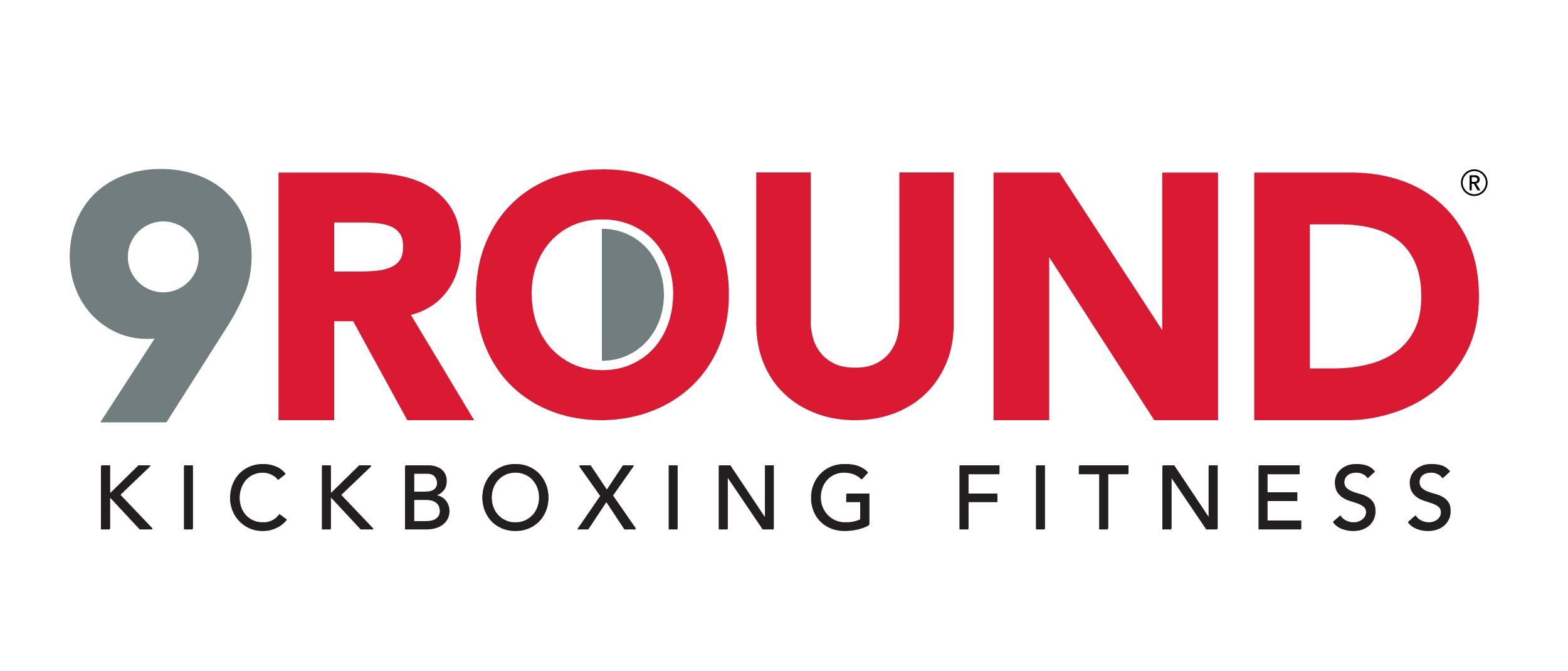Learn effective tips to reduce DOMS (Delayed Onset Muscle Soreness) after exercising, so you can...
How to get the most out of your foam roller
Don't you hate it when you have that specific, nagging spot in your muscle you just cannot get to no matter how hard you try?
Either you've slept in some weird position or you've been slouched over your work desk all day long resulting in a lovely tender and sensitive muscle...
First, you try stretching it out, poking and probing it with your thumb and eventually with your elbow...
But it's hopeless!
The thought of swinging by the closest massage clinic to get some deep tissue work done, but is the cost:benefit worth it when it's just a single muscular spot giving you grief?
Luckily, a cost effective solution has been created...
The foam roller!
Recent research suggests it reduces post-exercise fatigue when completed pre-exercise, reduces neural inhibition (I.e. keeps you strong as you fatigue), reduces the dreaded DOMS following exercise (FYI; Delayed onset muscle soreness) and improves joint range of motion without any detriment to power and performance1 & 2.
Sounds pretty good right?
Unfortunately not everyone is getting these benefits in its entirety simply due to poor execution and technique.
So where am I seeing people go wrong?
1. They roll out their muscles way too much
You're probably thinking.. "It's called a foam ROLLER for a reason", but simply rolling over that same tender point isn't doing much except for testing your pain threshold.
- Try this instead: Roll over the muscle to 'survey-it' for any tight muscles or tender points and when you find one, stay on it. It's going to hurt for a while but keep at it and it will eventually subside and eventually diminish.
2. They roll over joints
This is one I see time and time again. The problem here is that between these bony articulations and your skin, you have NERVES, and these little guys hate nothing more than getting compressed between the roller and your bones.
- Try this instead: Avoid joints all together. Keep to the muscle bellies and the tendinous intersections. You'll thank me when you stop getting tingling, burning and shooting pain.
3. They foam roll in awkward and uncomfortable positions
The key here is that you want to place yourself in a position where you can actually relax. Too often, I see people trying to foam roll out their lower body while keeping their upper body stiff and tense. The desired outcome here is to decrease the potential threat to your nervous system to actually allow your muscles to elongate and lengthen.
- Try this instead: Implement some deep diaphragmatic breathing and keep that upper body nice and limber. Do whatever you need to keep relaxed despite the intense feeling this technique may exhibit..
Give this a try next time..
- Survey the troublesome muscle to find some sensitive spots
- Stay on that pleasantly sensitive point and keep sustained pressure on it
- Hold this contact for 60-90 seconds or until the sensitivity subsides substantially (depending on severity and chronicity of your sore spot)
- Once the sensitivity subsides significantly (eg <2/10 level), survey the muscle again to look for any other tight bands or tender points
- If you're feeling up to it and understand your functional anatomy, add in some active movements to further enhance the effect (Eg flexing + extending the knee while working through the quadriceps muscle)
- Most importantly - Try keeping a smile on your face throughout :)





Source: Luka Fantala, Chiropractor at Pinnacle Health
References:
1. MacDonald G et al. (2014). Foam rolling as a recovery tool after an intense bout of physical activity. American College of Sports Medicine.
2. MacDonald G et al. (2012). An acute bout of self-myofascial release increases range of motion without a subsequent decrease in muscle activation or force. The Journal of Strength and Conditioning Research